DATA-BASED MODELS
Compliance-Scope® is a Virtual EMI/EMC laboratory where designers can validate and improve their hardware at an early stage by uploading their design files. The tool also provides diagnosis and suggestions for low-cost fixes at the Printed Circuit Board level.
OPERATING CONDITION DEPENDENT IC-MODELS
The primary challenge in the IC-model standard, as defined by IEC-62433 series, is its dependence on the operating conditions of the IC. For example, for a DC-DC converter IC, the IA is dependent on several parameters e.g. switching frequency (fs), load current (Iload) etc.
Hence IA obtained by such methods cannot be used when these conditions change, without a refreshed set of measurements or simulations. An example of the change in the frequency domain spectrum of IA for a small change in switching frequency from 100KHz to 125KHz is shown below:
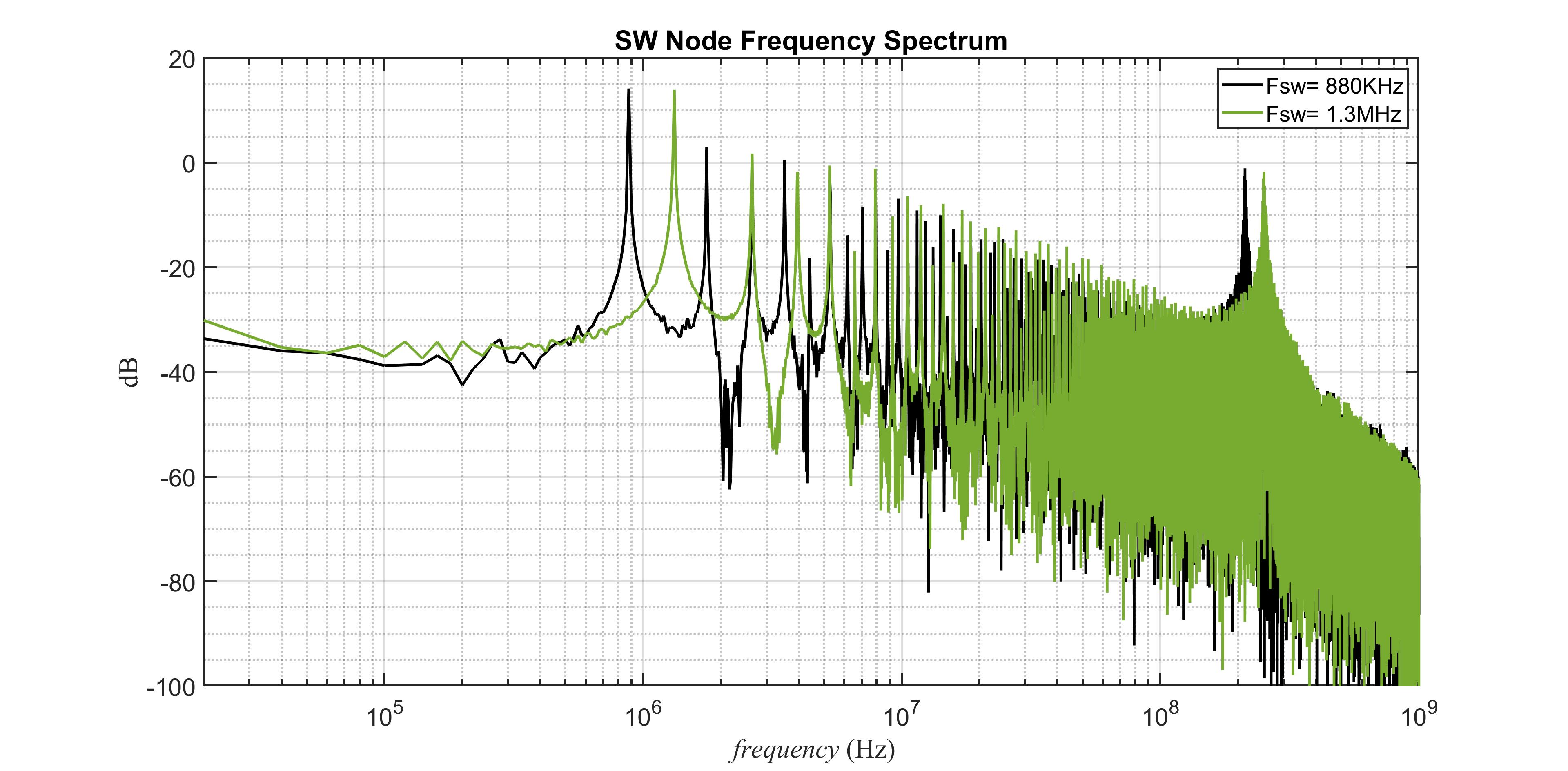
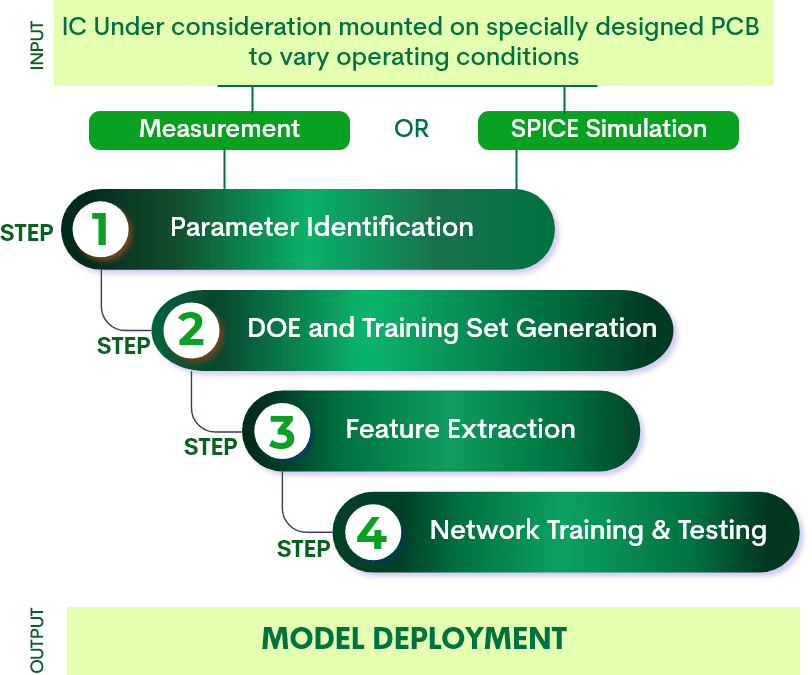
At Simyog, we have developed proprietary technology to capture the dependence of operating conditions. The method comprises of a learning-based surrogate modeling methodology to model the Time and/or Frequency Domain IA of an IC in different operating conditions.
The methodology involves acquiring measurements or simulation data over several different PCB layout variations and operating conditions settings for the IC, referred to here as parameters.
EQUIPMENT MODELS
Some equipment corresponding to the laboratory repeat for different DUTs. For example, the same F-140 injection clamp may be used for Bulk Current Injection characterization of hundreds of DUTs. Same for antennas and EMI receivers. We have built data-based models to capture the effect of this equipment.
Similar data models can be generated for antennas, LISN and EMI-receivers. By modeling some equipment using data models, the computational complexity of the physics-based Electromagnetic simulation can be reduced.
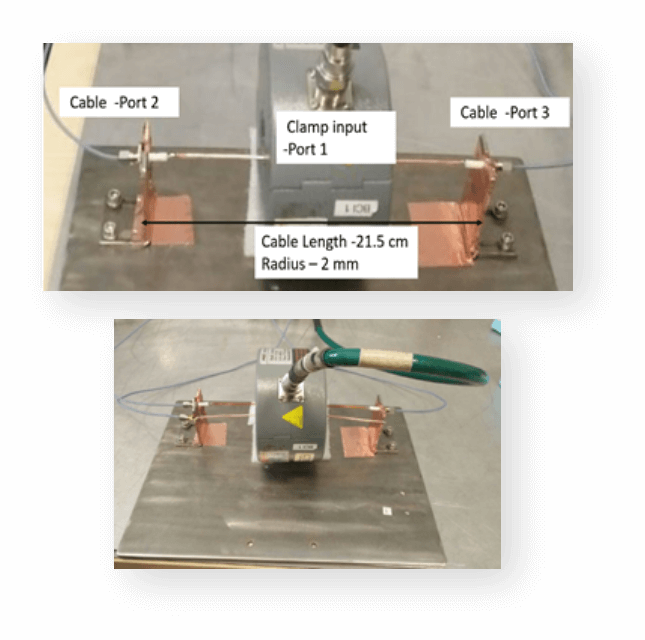
PHYSICS BASED SOLVERS
Compliance-Scope® employs several physics-based solvers in unison, to achieve virtual EMI/EMC laboratory results.
These include :
• 3D full-wave Electromagnetic solver
• 2D Electromagnetic solver (Multi-conductor transmission line solver)
• Circuit-solver and
• System-solver.
Some of the key technologies are described below.
HYBRID SOLVER TECHNOLOGY
The primary motivation behind using hybrid solvers is to reduce the complexity handled by the 3D full-wave solver or in other words reducing the number of mesh elements for the 3D full-wave solution, while preserving accuracy. Although, hybrid solver technology has been around for decades including solver-on-demand options offered by various tool providers, all the above require user intervention to decide which solver to use on which section of geometry.
The Compliance-Scope® approach is based on a large number of experiments carried out for EMI/EMC simulation. A general-purpose 3D solver is expected to give accurate results for any form of test structure, e.g. airplane to nano-particle. Under such situations, automatic solve choice decisions are hard to make. Since Compliance-scope is aimed only for EMI/EMC applications, this becomes a possibility. For example, we have found that for Conducted EMI/EMC (CE and CI), the cable can be modeled with a 2D solver however, for Radiated EMI/EMC (RE and RI) a full-3D meshed representation of the cable is required for accurate results.
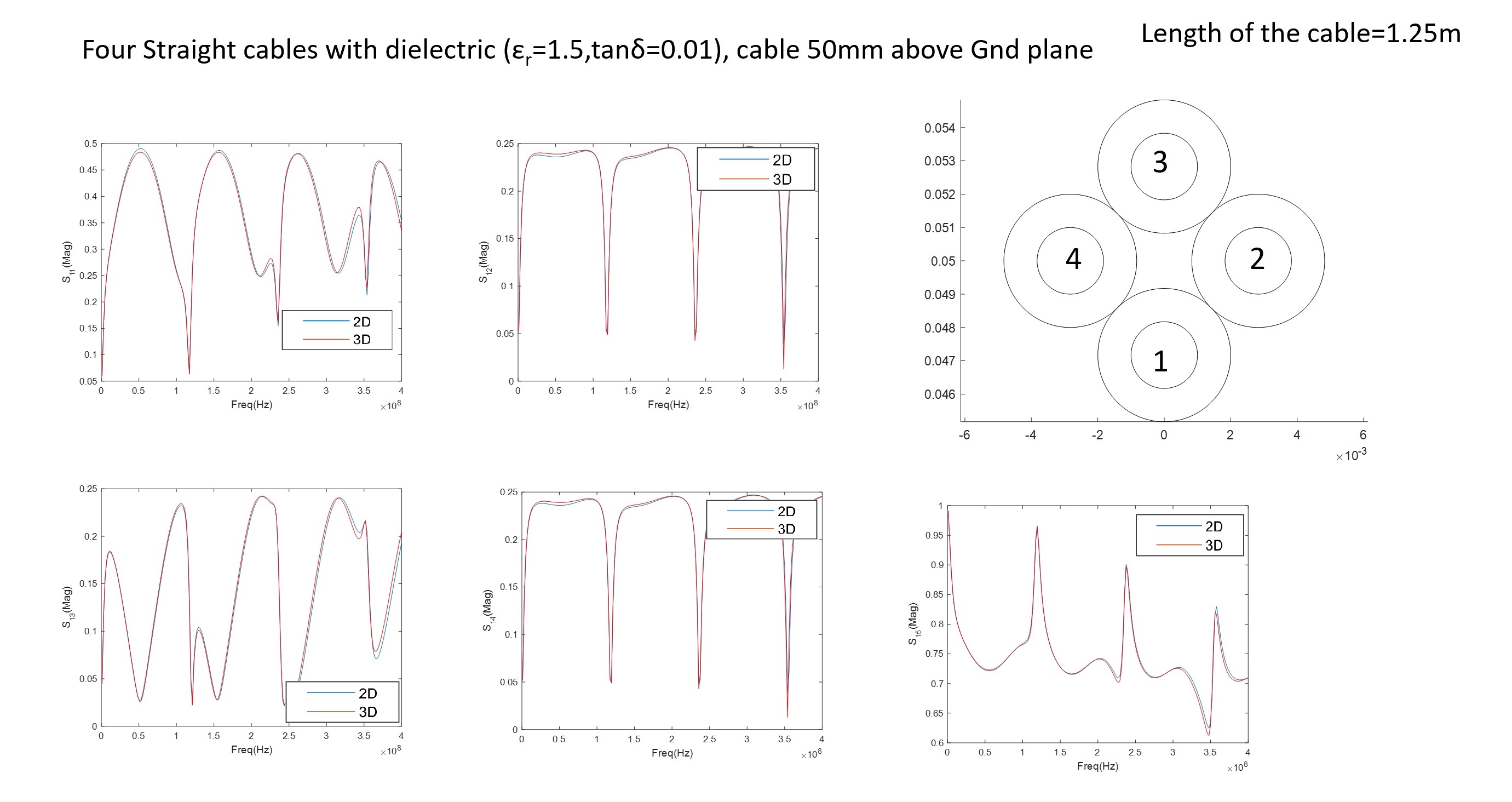
MULTI-CONDUCTOR TRANSMISSION LINE (MTL) SOLVER
The MTL solver is a popular method to handle structures where the cross-section is invariable across the length of the structure. In such cases, unit r, l, g, c parameters can be extracted using the geometry of the cross-section and they can be utilized to find the S-parameters given the length of the line.
For structures that are amenable to MTL solution, like S-parameter analysis of cables, MTL provides a time and memory-efficient alternative to the full 3D solution, with negligible loss inaccuracy.
Compliance-scope uses an MTL solver for modeling cables (only for conducted tests) in conjunction with 3D MoM solver for the DUT, table, and antenna.
FAST 3D METHOD OF MOMENTS SOLVER
Method of Moments (MoM) also known as Boundary Element Method (BEM) is one of the popular 3D Electromagnetic solvers. It is an Integral Equation (IE) based technique i.e. it works on the integral form of Maxwell’s equation. In a typical MoM solution scheme:
• The structure is discretized into surface-based mesh elements, mostly triangles
• The current and charge density on the structure is computed using the IE form of Maxwell’s Equations.
• Once the current/charge distribution is computed, any parameter of interest like S-parameter or far-field radiation can be computed by simple post-processing.
Compared to Partial Differential Equation (PDE) based techniques, like Finite Difference Time Domain (FDTD) or Finite Element Method (FEM), MoM can converge to the correct result with the lowest number of mesh elements. This gives rise to a much smaller matrix size as compare to FEM or FDTD.
MOM COMPRESSION
We use a Method of Moments-based 3D full-wave solution. Method of Moments (MoM) is an integral equation-based approach that is known to be more efficient particularly for radiation problems, since only the surfaces of structures need to have meshed – not the whole chamber as in PDE-based methods like Finite Element Method (FEM) or Finite Difference Time Domain (FDTD) Method. In addition, over the last decade, several fast solver approaches have been invented for linear complexity MoM solutions.
An algebraic compression scheme can handle electrically small structures (“low-frequency” problem) unlike kernel dependent methods like the traditional Multilevel Fast Multipole Algorithm (MLFMA) which suffers from instability arising from Hankel’s function using small arguments.
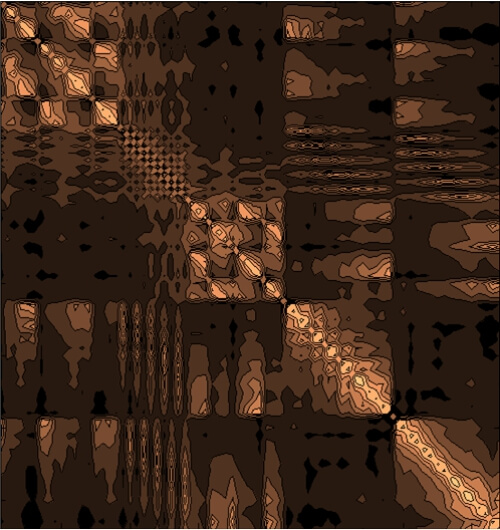
MOM DIELECTRIC FORMULATION
The dielectric formulation of MoM is often a topic of debate. This is because some MoM-based commercial tools in the past have used Multilayered Dielectric Green’s function (2.5D) approximations. While this may work for RF-IC applications or perhaps even in some Signal and Power integrity applications, in EMI/EMC we find that the dielectric needs to be meshed appropriately for correct results, in particular for radiation problems.
In Compliance-scope, we use a mix of:
• Surface-based dielectric formulation – a derivative of the PMCHWT approach.
• Volume-based dielectric formulation – a derivative of the SWG basis-function approach.
MOM HARDWARE ACCELERATION
Compliance-Scope® is architected for efficient shared memory parallelization so as to take advantage of the multicore hardware roadmap. We are also working with “Intel Startup Program” to efficiently leverage vectorization principles in our software. A technical presentation on the effort as presented in IEEE GEMCCON 2019.
A white paper on the work done by Simyog with Intel Corporation can be found here
ADAPTIVE FREQUENCY SWEEP
Adaptive Frequency Sweep (AFS) is a commonly available feature today in most 3D full-wave solvers. This enables the tool to intelligently select some frequency points and generate the broadband results by interpolation, typically done using Vector-Fitting approach. However, for all such 3D full-wave solvers, the AFS is applied for S-parameter fitting.
In EMI/EMC simulation, the output is typically LISN voltage or Efield data. These are oscillatory is nature and does not lend itself directly to an efficient AFS strategy. On the other hand, due to the peaky nature of results, it is highly advisable to analyze with a small delta-frequency which leads to a very high number of frequency points making AFS a must-have feature.
